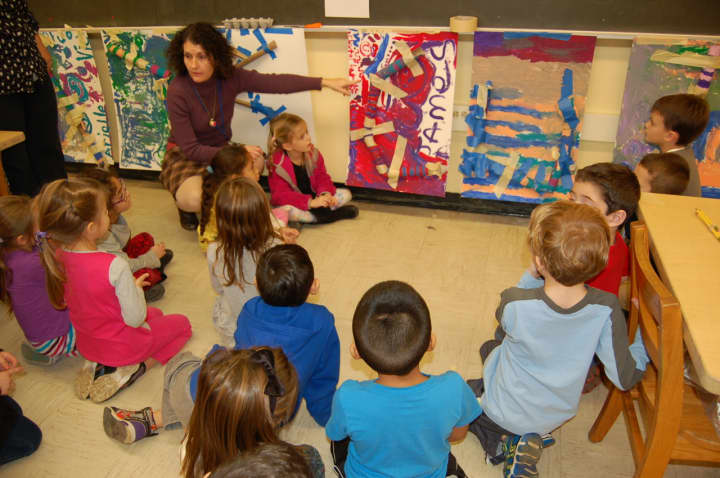But before that can happen, 25 teachers from Putnam/Northern Westchester BOCES will receive basic MakerSpace training in February and March. Once trained, it is anticipated that these teachers will become MakerSpace leaders in their respective districts.
“If you have a problem, a MakerSpace community can help you fix it,” said David Jacob, regional science coordinator of Putnam | Northern Westchester BOCES who is himself a “maker” – someone who looks at a problem and figures out a way to solve it with the help of the maker community.
Jacob is leading the BOCES initiative to help schools embrace the MakerSpace movement. MakerSpace is much more than affordable access to workspaces; it’s access to sophisticated tools and sophisticated minds working together in what some have called an industrial revolution.
“We’re trying to cultivate a space in schools where that conceptual place can happen,” said Jacob. “A place where kids can collaborate and find resources. Where failure is awesome because it means that you are learning.”
Jacob is designing professional development for teachers and administrators to help them integrate the MakerSpace movement into the K-12 school day.
The point is to allow students to follow their passions, and in the process, develop skills and concepts that can be applied anywhere.
“That’s what makes it so powerful as an education tool,” said Jacob.
An example at the elementary level would be to give students a balloon and suggest they make something out of it with papier-mache. The results may be a ball, a bowl, a basket, a flower pot. The teacher at each stage encourages the student to take the project a step further. As for the physical space requirement, there isn’t one.
Click here to follow Daily Voice Pound Ridge and receive free news updates.



